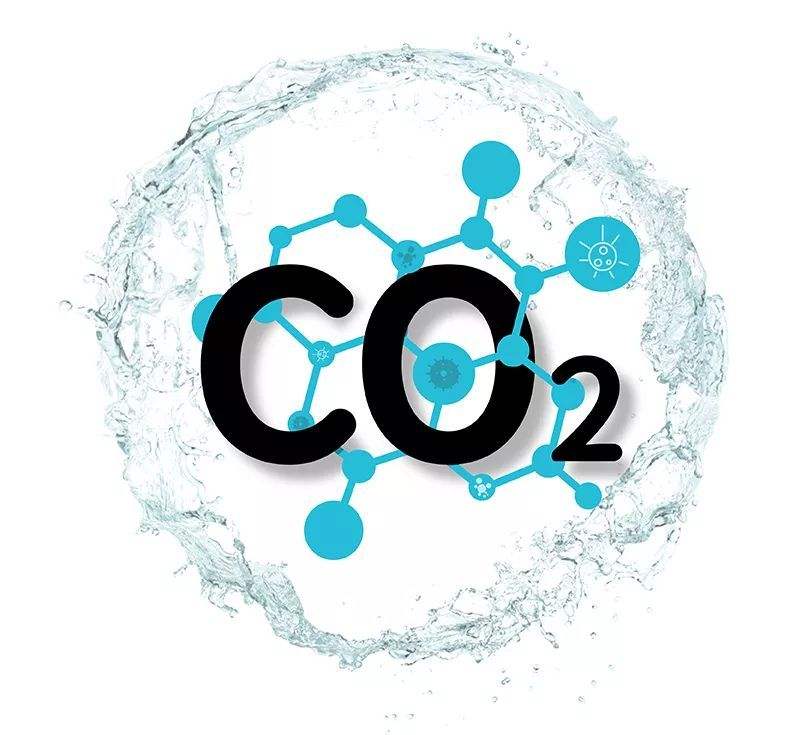“Trivia knowledge” of Making Ice in the Beijing Winter Olympics
The 2022 Beijing Winter Olympics has come to a successful conclusion. Short track speed skating, speed skating and other ice competitions have broken world records.
All the glory is inseparable from the sweat of every athlete, and even more inseparable from the smooth ice surface, which ensures athletes sliding safely and freely.
Many people are curious, where did the ice come from? As a member of the ice-making industry, i today will reveal the “trivia knowledge” of ice-making in the Beijing Winter Olympics:
where did the ice come from?
It is well known that when the temperature drops to 0°C, water turns into ice. The temperature here is not the air temperature, but the water temperature. So when the water temperature drops to 0 degrees, the temperature must be below 0 degrees.
The difficulty of making ice in the Winter Olympics is how to make ice in a warm room.
The key is the refrigerant.
Refrigerant is the medium material used to complete the energy conversion in various heat engines. These substances typically increase power with reversible phase transitions such as gas-liquid phase transitions. Such as steam in steam engines, refrigerants in refrigerators, etc.
So how does refrigerant work?
Simply put, it only takes four steps:
Liquefaction,cool down, refrigeration, and cycle this process constantly.
This cycle repeats, and the ground stays frozen.
At the same time, the choice of refrigerant is directly related to the quality of ice making.
There are many types of refrigerants, such as Freon, ammonia and so on. The Winter Olympics used carbon dioxide.
When it comes to carbon dioxide, we will think of global warming. As the culprit of global warming, how can carbon dioxide be able to cool?
In fact, the choice of carbon dioxide, is a one-shot method.
The principle of carbon dioxide ice making: First of all, if you want carbon dioxide to absorb heat, you must first convert it into a liquid. But through the compressor, carbon dioxide is still a gas, why?
That’s because carbon dioxide is very stress-resistant.
Under normal circumstances, the gas will be pressed into a liquid, but when the temperature is above a certain limit, it will be a gas no matter how it is pressed.
During the cooling of the Winter Olympics, the carbon dioxide was pressed to 100 degrees, and its heat was enough to support the supply of heating and hot water in the stadium.
When the heat is almost consumed and the temperature drops, the carbon dioxide changes from gas to liquid, realizing liquefaction. Then the ice-making task is perfectly done.
In addition, under the ice, there are refrigerant pipes.
The refrigerant is not unobstructed all the way in the pipeline. When it encounters a bend, the forward speed decreases, which can easily cause blockage.
When the general refrigerant is blocked, the pressure increases and the temperature increases. The air pressure at the point where there is no turn is relatively small, and the temperature is also lower.
Different temperatures will have a serious consequence: the ice made can be soft or hard, uneven, and seriously affect the effect of skating competition.
Different from other gas, carbon oxide has a strong resistance to pressure. When it encounters blockage, its temperature will not change much, and the temperature difference across the pipeline will not be large, so the ice produced is very smooth.
In the Winter Olympics venues, you only see athletes skating, but there is actually such a powerful circulatory system behind it.
Then someone may ask, How much carbon dioxide does this have to create?
There is a lot in the air! Carbon dioxide is all over the streets. The carbon dioxide used in the Winter Olympics is mainly recovered from industrial waste gas, which is green, low-carbon and environmentally friendly.
This is why the use of carbon dioxide, cooling and heating, is also environmentally friendly.

















